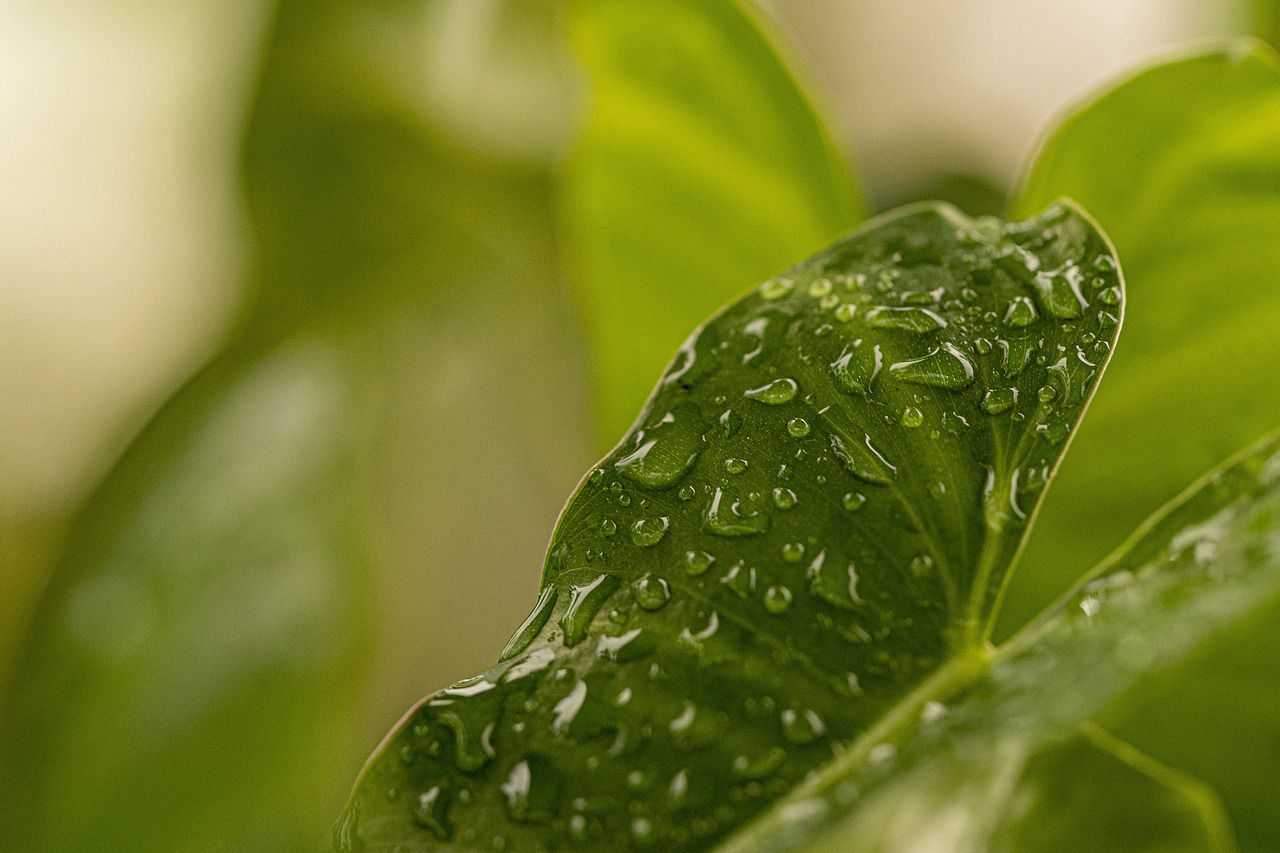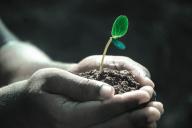If your garden has wet soil, then it might be pretty problematic to grow most plants there.
Fortunately, there are a few things you can do to make your soil suitable for gardening.
Here are some of them.
Improve Drainage
Incorporate organic matter such as compost, well-rotted manure, or peat moss into the soil to improve its structure and drainage.
This will help create air pockets and allow excess water to drain more efficiently.

Raise Beds or Use Raised Beds
If your garden is prone to waterlogging, consider raising the beds or using raised beds.
This will provide better drainage as the soil is elevated above ground level.
Install Drainage Systems
In severe cases of waterlogging, you may need to install drainage systems to redirect excess water away from your garden.
French drains, drain pipes, or installing a rain garden can help manage excessive water and prevent waterlogging.
Use Raised Beds or Containers
Consider growing plants in raised beds or containers, especially if your garden soil has persistent drainage issues.
Fill the raised beds or containers with well-draining soil mixtures suitable for the plants you want to grow.
Implement Mulching
Mulching helps to regulate soil moisture levels by reducing evaporation and improving water absorption.
Choose Water-Tolerant Plants
Opt for plants that are well-suited to wet or waterlogged conditions.
There are several plant species that thrive in such environments, including water-loving vegetables like watercress and water spinach.









